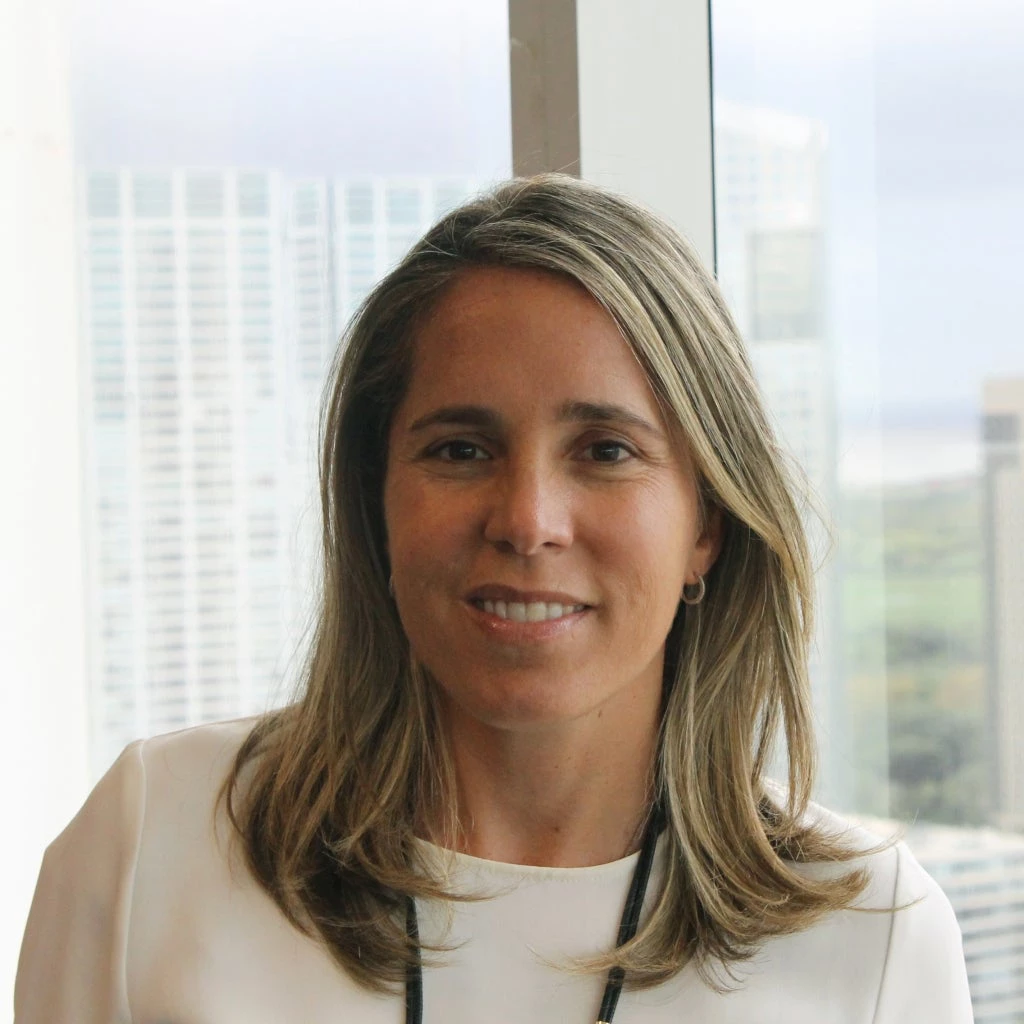I arrived with high expectations on what this event could mean in terms of re-launching international efforts to fight against this global epidemic that kills 1.25 million people, and maims another 50 million, every year.
For the road safety community, the Brasilia conference was a crucial moment to take stock of what has been achieved so far, and rethink the strategy towards the future so the international community can scale up action and funding to meet the UN Decade of Action targets and the respective SDG targets on road safety.
In these first five years of the Decade of Action (2010-2020), the initial objective, namely stabilizing road deaths, has been achieved: global road deaths (per year) have plateaued since 2007, as shown by the WHO latest report. We should note, however, that among the largest contributors of road deaths (China, India, Brazil, among others) there is significant potential for under-reporting.
In any case, we are still far away from the objective at the heart of these international commitments: reducing road deaths by half by the end of the decade. And we should also note that 90% of these deaths continue to happen in low and middle-income countries, affecting the youngest and most vulnerable.

Hence, all major stakeholders –national and local governments, private sector, bilateral and multilateral donors, need to help address this challenge. In this context, the World Bank and its partners, through its Global Road Safety Facility, are well positioned to be the preferred and most effective partner for improving road safety in developing countries. We have the opportunity to show a qualitative leap in the way we conduct business in the transport sector so that we can help our client countries meet the ambitious road safety targets.
We need then to look for windows of opportunities in every one of our projects, both in the roads and the urban transport sector, because we, along other development banks and national stakeholders, have the potential to make a big difference in the fight against this global epidemic.
An important way forward will be to focus on Latin America where we are seeing good progress in many countries where the Bank has been providing support in improving institutional capacity to improve road safety. At the Brasilia Conference, for example, several key stakeholders recognized the Regional Observatory in Latin America (www.oisevi.org) as a good practice that is delivering positive impacts in the region in terms of improvement of not only data gathering and analysis, but also legislative reform, behavior change and strengthened institutions for road safety management. The Bank is working closely with the OECD, ITF-IRTAD group in replicating this successful experience. OISEVI is a testament to our ability to think outside the box, and provide innovative approaches to support countries’ efforts in improving road safety. Ultimately, other regions can learn from this experience and establish their own regional observatories.
This week I will be in Bogota to participate in the launch of a new national road safety agency in Colombia, an event organized at the Presidential Residence Casa de Nariño. The World Bank has provided technical assistance to Colombia to enhance the institutional structure for improving road safety management, and for launching a new lead agency responsible for coordinating road safety initiatives in the country. This will mark an important milestone for Colombia and its road safety community
In any case, we will continue working closely with Colombia and other clients in the region to make sure that the improvements in institutions and legislative frameworks translate into actual reductions of road crashes, fatalities and serious injuries.
We need to think creatively, work jointly across sectors such as health, education, and ICT, as well as with bilateral and multilateral donors. Equally important is to partner with the private sector, academia and NGOs to scale up action and funding for scaling up road safety improvements, and developing innovative solutions through our investment programs. All these actions should help our clients make decisive and sustainable actions for greater impact.
In Latin America, we started by focusing on data, and on enhancing institutions and legislation. We know where we stand; now we are shifting the emphasis to urban areas and vulnerable users, vehicle safety, enforcement and behavior change.
It is a long and winding road, but I am confident that together with our global and local partners we can rise to the road safety challenge. For the benefit of the poorest and to save millions of precious lives, we all need to pick up the glove.


Join the Conversation